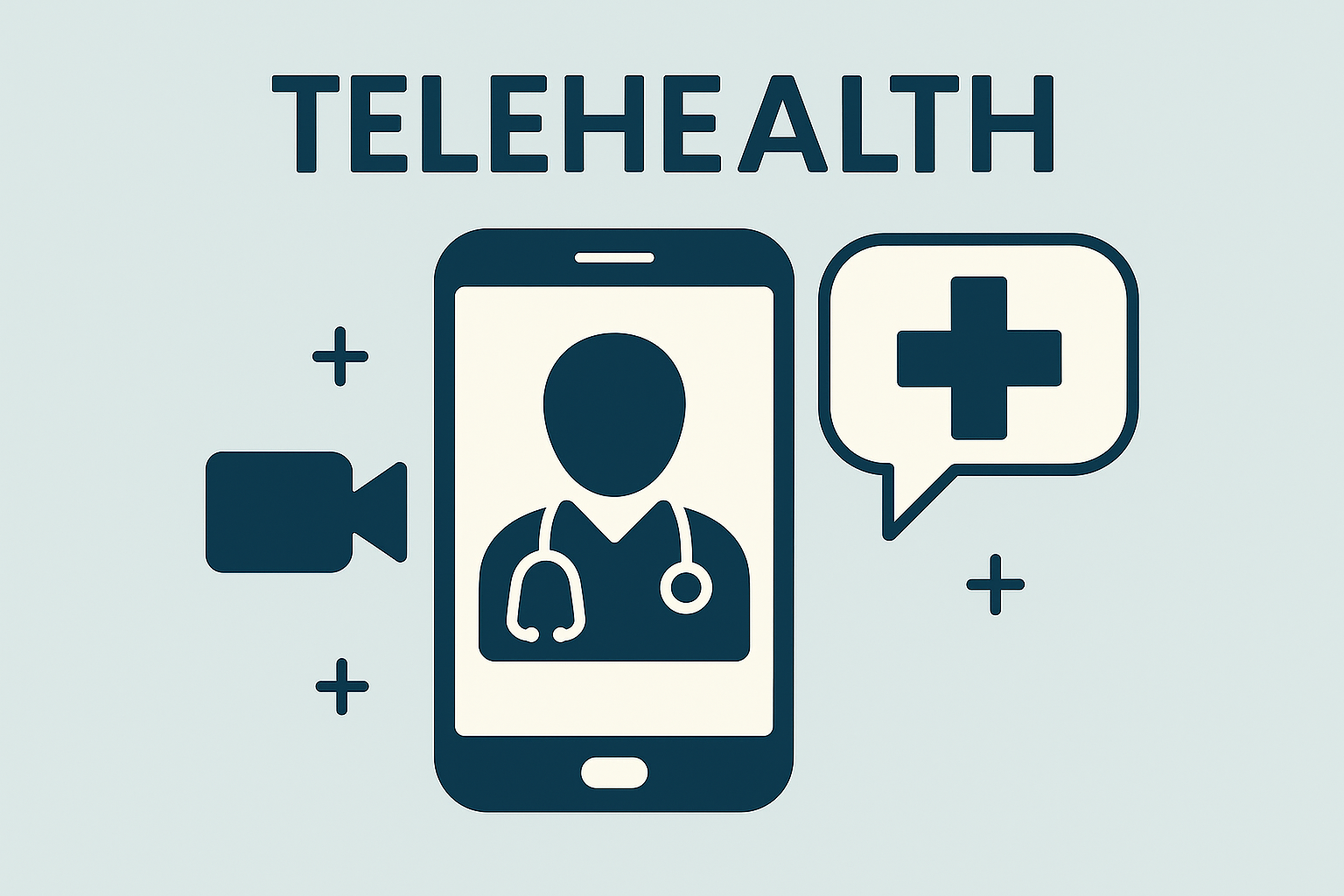Telehealth may have taken off during the pandemic, but it’s become a permanent part of the healthcare landscape. From virtual doctor visits to mental health sessions via video call, telehealth is making healthcare more convenient, accessible, and affordable than ever.
What Is Telehealth?
Telehealth refers to the use of technology to deliver healthcare remotely. That could mean:
-
A video visit with a primary care doctor
-
Chat-based follow-ups for prescriptions or lab results
-
Remote monitoring of chronic conditions
-
Virtual therapy or counseling
Most major health insurance plans now include telehealth options, either through their own platforms or by partnering with third-party services.
When to Use Telehealth
Telehealth is best for:
-
Common illnesses like colds, flu, or sinus infections
-
Follow-up visits that don’t require a physical exam
-
Prescription refills
-
Behavioral and mental health services
-
Managing chronic conditions like diabetes or high blood pressure
It’s not ideal for emergencies or issues that require hands-on care, like broken bones or stitches.
Benefits of Telehealth
-
Convenience: Access care from home, work, or while traveling
-
Cost Savings: Often lower copays than in-person visits
-
Speed: Shorter wait times and more flexible scheduling
-
Access: Helpful for people in rural areas or with mobility issues
Final Thoughts
Telehealth is no longer a backup plan—it’s a core feature of modern healthcare. If your plan includes virtual care, it’s worth setting up your account and understanding how it works before you need it. You might be surprised how much care you can receive without ever leaving home.

